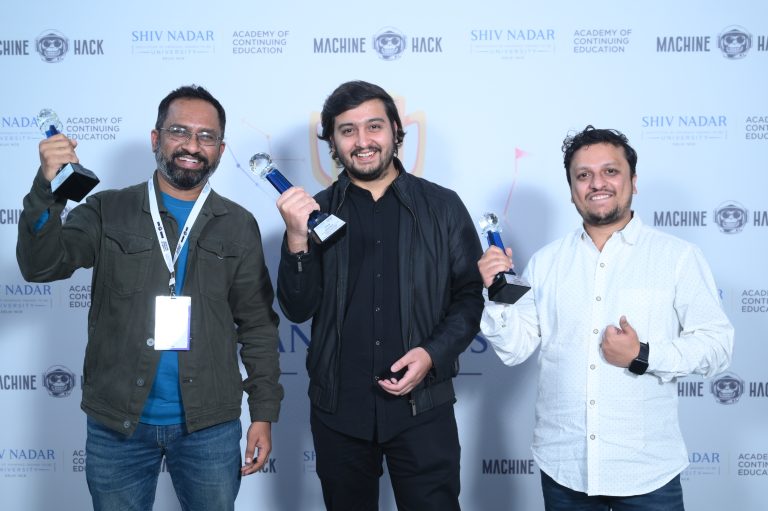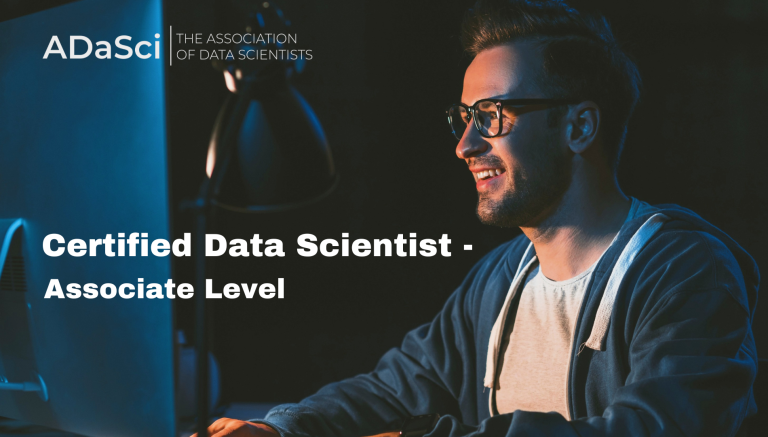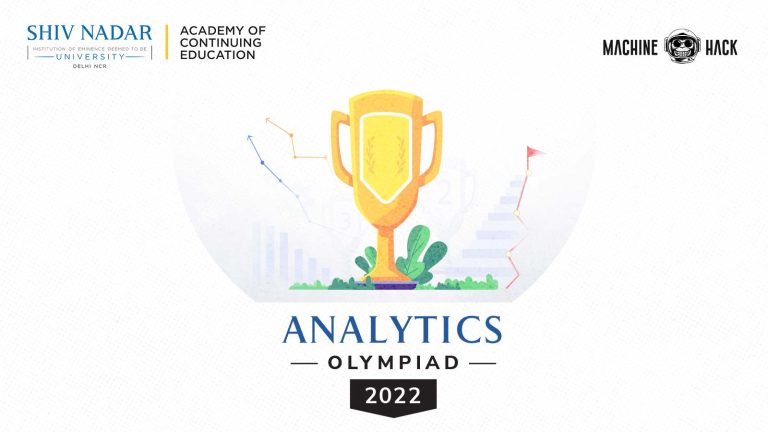For this edition of My Journey In Data Science column, Analytics India Magazine got in touch with a data scientist, influencer and blogger. Rahul Agrawal, Data Scientist at Walmart Labs, shared his exciting journey in data science, and also offered advice on best practices for aspirants to thrive in the ever-changing data science landscape.
The Beginning
Rahul is a mechanical engineer from IIT Delhi, who started his job in a steel company in 2010, but quit the job since it was not interesting enough. Then he joined Fractal Analytics in 2011 as a business analyst. “Initially, I wrote a lot of SQL and made dashboards – most of the work revolved around reporting. And it was not a love-at-first-sight for me,” says Rahul.
Thereafter, he tried his hands at a startup – Lets Meet Trainers – in 2012, which was focused on bridging the gap between trainers and schools. But he eventually figured out that the idea was not scalable and joined My City Way in 2012. This is where his actual journey in data science started. His manager asked him to read about Python and Random Forest as the company could get a few projects that would require those skills.
Consequently, in 2013, he started learning Python programming and machine learning techniques. Rahul took Andrew Ng courses on ML and realized the potential of data beyond SQL queries. Intrigued by the data science domain, he created a list of courses that he enrolled to learn both basics and advanced techniques throughout his journey.
Preparation Strategy
To learn and master data science techniques, Rahul relies on MOOCs. “I love the way we can learn without being in a classroom with all the MOOCs that are available to us. When I started learning data science, MOOCs were starting their way into being. And even today, they form an essential part of my learning strategy,” explains Rahul.
“I reckon I have more than 30 certifications, and I still look for courses that could help me in my work. MOOCs are the best way to learn data science as it allows you to choose what you learn,” he added.
Talking about the advantages of MOOCs, Rahul said that unlike full-time or paid data science courses, MOOCs keep up with the ever-changing data science landscape. If one learns from full-time courses, he or she will still have to rely on MOOCs to stay relevant in this competitive space. Nevertheless, he said full-time programs come with their advantages as they give a structured understanding of data science.
Interview Experience
Rahul has failed a few interviews too, but he does not get demotivated by them. “It is hard to when you get rejected, but I would not take it negatively. Every interview is a learning experience for me. It takes time to prepare for them, but it just does not go to waste even if you fail because you only get better with each interview call,” says Rahul.
However, recalling one of his exciting interview experiences, Rahul said that he was asked about MapReduce. Since it was an online interview, Rahul showed them his blog where he had written about the technique. Proving what he knows was an empowering experience, but Rahul does not recommend everyone to start writing as it requires a lot of effort. Initially, it used to take weeks to write, but today he can manage to write within a day or two without hampering his usual day-to-day activities.
Continuing on the advantages of writing, Rahul said that it brings visibility, thereby expanding his network. Besides, it could act as a code base for him to go back and look at whenever needed. Furthermore, blogging has also helped him improve his communications, which he says is essential when explaining data science to non-experts.
Data Science Work Experience
After more than two years at My City Way, Rahul has worked with conglomerates like CitiBank and is now working at Walmart Labs as a data scientist. Over the years, he has worked on projects that require computer vision, deep learning, natural language processing, forecasting, and big data technologies. Consequently, he says that the most challenging and exciting part of data science has been the variety of projects that he gets to work on.
Rahul also interviews applicants but does not focus on the certificates they have obtained. Instead, he evaluates data science aspirants based on their grasp on basics. “I know that deep learning and AI are in trend. But it would be a strict no from my side if the interviewee is not strong on the basics,” believes Rahul. Along with some math-based questions, he asks technical questions: What is the difference between Lasso and Ridge? Difference between evaluation metrics, and when to use which? In his view, using such questions explain how much a candidate cares about techniques he or she uses on a day-to-day basis.
Advice For Aspirants
For beginners, Rahul advises that one should not jump into the data science domain because of the hype. “If you don’t like to be grilled and learn continuously, one should not aspire to become a data scientist. But if you do, it is the best thing to happen as learning would never stop,” says Rahul.
He then concluded by stressing on the fact that aspirants quickly get into implementing fancy deep learning and other machine learning techniques. However, they forget that the building block of all these is still logistic regression. Therefore, aspirants should build strong fundamentals before moving to advanced techniques.



















































































